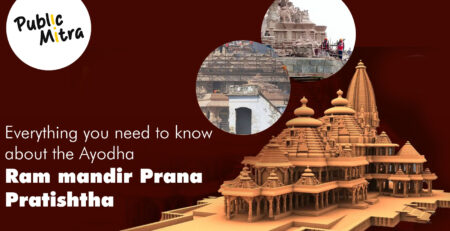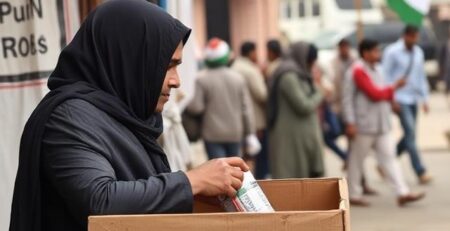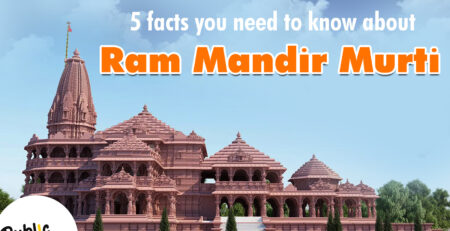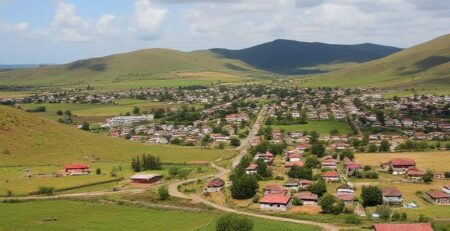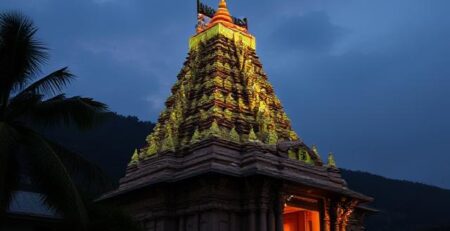Vettuvan Koil Monolith Temple Kalugumalai: The Hidden Gem of Tamil Nadu
IntroductionIn the heart of southern Tamil Nadu, nestled atop the rocky hillocks of Kalugumalai near Kovilpatti in Thoothukudi district, lies a monument that remains largely unknown beyond circles of historians and temple enthusiasts. Vettuvan Koil, an unfinished monolithic temple dedicated to Lord Shiva, stands as a testament to the architectural ambition and artistic excellence of the early Pandyan dynasty. Often referred to as the “Ellora of the South,” this temple is a unique relic, blending myth, history, and artistry in a single granite outcrop.
This article explores the Vettuvan Koil monolith temple Kalugumalai in depth—its origins, architecture, legends, and the broader cultural landscape that makes Kalugumalai a treasure trove for lovers of Indian heritage.Kalugumalai: A Sacred HillockKalugumalai, meaning “Hill of the Vulture,” is a small town and rocky outcrop located about 20 km from Kovilpatti and 60 km from Thoothukudi. The hillock is a significant religious and historical site, home to not only the Vettuvan Koil but also the Kalugasalamoorthy temple (dedicated to Lord Murugan) and the 8th-century Jain Beds, which feature exquisite bas-relief sculptures and inscriptions.
The unique concentration of monuments from different faiths—Hinduism and Jainism—reflects the region’s religious diversity and its importance as a spiritual center during the early medieval period.Vettuvan Koil: The “Ellora of the South”Historical BackgroundVettuvan Koil was constructed during the 8th century CE by the early Pandya dynasty, specifically under the reign of Pandya Maranchadayan and Paranthaka Nedunchadaiyan, as evidenced by inscriptions found at the site. The temple is a rare example of a Pandyan-era monolithic shrine, carved directly from a single granite boulder at the summit of the Kalugumalai hill.
Unlike most South Indian temples, which are built by assembling stone blocks, Vettuvan Koil was hewn from the top down—an architectural method reminiscent of the rock-cut temples at Ellora and Mahabalipuram. This has earned it the nickname “Ellora of the South”.The Unfinished MarvelWhat sets Vettuvan Koil apart is its unfinished state. Only the upper portion of the temple, including the vimana (the tower above the sanctum), is complete, while the lower section remains rough and uncarved. This abrupt cessation of work has given rise to several local legends and scholarly debates about why the temple was never finished.Architectural Features
Monolithic Construction:The temple is carved out from a single, rectangular granite rock measuring about 7.5 meters (25 feet) in depth. The structure appears like a blooming lotus, surrounded by rocky hills on three sides, enhancing its dramatic visual impact.Vimana and Sculptures:The vimana is adorned with more than 120 intricate sculptures, including depictions of Shiva, Uma Maheswara, Dakshinamurthy (portrayed uniquely playing a mridanga drum instead of the usual veena), Nandi, ganas (celestial attendants), dancers, monkeys, and lions. The level of detail and the spontaneity of the figures, such as Shiva and Uma depicted in a casual, conversational pose, are hallmarks of Pandyan artistry.Sanctum and Hall:The sanctum faces east and is accessed through a small hall. Although the temple was intended for Shiva, a Ganesha idol is now placed and worshipped in the sanctum.Comparisons:Historians have compared Vettuvan Koil’s architecture to other great monolithic temples in India, such as the Virupaksha Temple at Pattadakal, Kanchi Kailasanathar Temple, and the Kailasa Temple at Ellora. These comparisons highlight the cross-cultural influences and political relations between the Pandya, Pallava, Rashtrakuta, and Chalukya dynasties during the period.
The temple’s unfinished state provides a rare glimpse into the construction techniques and artistic processes of the time, making it invaluable for historians and archaeologists.Legends and Local LoreThe incomplete nature of Vettuvan Koil has inspired several local legends. The most popular story speaks of a rivalry between a father and son, both master sculptors. The son, working on a temple at the base of the hill, completed his work before the father, who was carving Vettuvan Koil at the summit. Consumed by jealousy, the father killed his son, leaving the shrine unfinished as a monument to his grief and rage.
While there is no historical evidence to support this tale, it adds a layer of poignancy and mystique to the site.The Jain Beds and Kalugasalamoorthy TempleKalugumalai is not just about Vettuvan Koil. The hillock also houses:
Kalugumalai Jain Beds:These are rock-cut caves and bas-relief sculptures dating to the 8th century CE, featuring depictions of Jain tirthankaras and inscriptions in the ancient Vatteluttu script. They are significant for understanding the spread of Jainism in Tamil Nadu and the coexistence of multiple faiths in the region.Kalugasalamoorthy Temple:Located at the southern end of the hillock, this temple is dedicated to Lord Murugan. Its sanctum is carved into the rock, and the main deity is depicted in a unique seated posture with six arms. The temple is notable for its unusual iconography, such as the peacock mount facing left instead of right, and is an important pilgrimage site for devotees of Murugan.
Architectural Uniqueness:It is the only monolithic Pandyan temple carved in three dimensions, offering a rare glimpse into ancient construction techniques.Sculptural Beauty:The temple’s vimana features over 120 finely detailed sculptures, many with unique iconography.Spiritual Ambiance:Set atop a hillock surrounded by natural beauty, the site offers a tranquil and contemplative atmosphere.Cultural Diversity:The proximity of Jain beds and the Kalugasalamoorthy temple makes Kalugumalai a microcosm of Tamil Nadu’s religious and artistic heritage.Photographic Opportunities:The dramatic setting, intricate carvings, and panoramic views make it a paradise for photographers and heritage enthusiasts.
By Road:Kalugumalai is about 20 km from Kovilpatti, which is well-connected by road and rail to major cities like Madurai, Thoothukudi, and Tirunelveli.By Air:The nearest airport is at Thoothukudi, about 60 km away.Best Time to Visit:The winter months (November to February) offer the most pleasant weather for exploring the hillock and its monuments.
Lack of Awareness:The site remains off the radar for most tourists and even many locals.Limited Facilities:Infrastructure for visitors is minimal, with few interpretive signs or guides available.Environmental Threats:Weathering of the rock and encroachment by vegetation pose long-term risks to the integrity of the sculptures.



